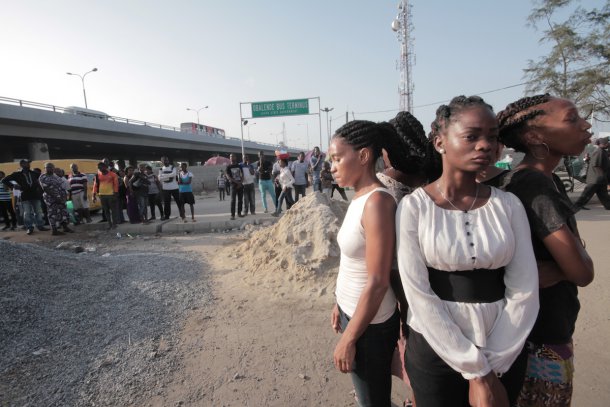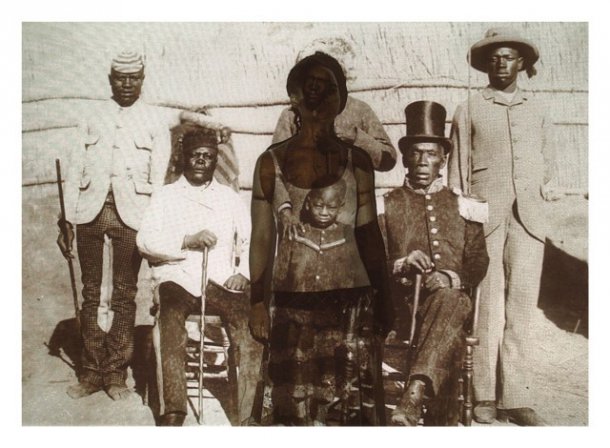Corpo, imagem e memória: o trabalho de Wura-Natasha Ogunji
Published19 May 2015

Imagem: Wura-Natasha Ogunji, beauty, 2013. Photo: Soibifaa Dokubo
Wura-Natasha Ogunji é uma artista nigeriana, fotógrafa, performer, professora e antropóloga. Inquieta com a escassez de imagens da negritude a História da fotografia, iniciou uma série de auto-retratos num processo de busca identitária relacionada com a noção de memória e ancestralidade. Em entrevista ao site Contemporary And, a artista fala do seu percurso e obra.
C&: How is the notion of (collective) memory in relation to the body (being physical, social, etc.) important to you?
WNO: Our bodies are such great containers of memory. And our consciousness holds so much information about our histories, even our futures. Scientifically speaking, we’re carrying this genetic material that is millions of years old. These bodies know a lot and tell a lot. I love how performance taps into this information; I love what it pulls out and where it can take us.
C&: We were recently asked by a journalist why we think global art tends more and more to look the same. You can’t look at a work from Nigeria any longer and say, hah!, that’s Nigerian. What do you think about that development?
WNO: To say that global art looks more and more the same is to miss out on the innovative ways in which artists are working today, and it also misses the nuances and specificity of place and experience. I think the more exciting and important questions have to do with the changing ways we create, as well as write about, talk about, curate, teach, and experience art in this historical moment. The range and diversity of art practice today, naturally, moves beyond and across geographic boundaries. Artists have totally expanded the landscape for making and sharing their work, so the language that we use to understand this work must also shift.
A entrevista completa, aqui



